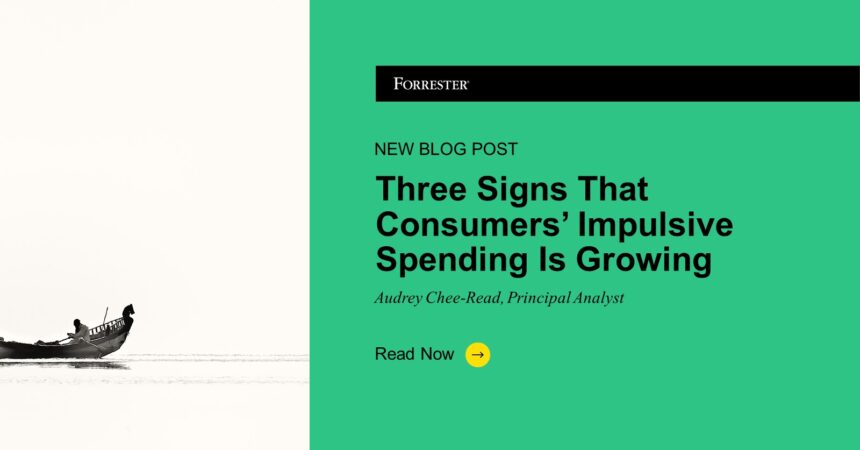Impulse spending behavior is growing – and companies are finding opportunities both online and offline to entice consumers to add to their basket. Forrester’s February 2023 Consumer Pulse Survey found that roughly one in two of US and UK Gen Z adults report making impulsive decisions when shopping. Offline, brands and retailers for years have re-configured stores to allow for optimal placements for impulse goods. Now, brands are creating new ways to shorten the cycle to purchase online across platforms. Impulse spending behavior has no signs of slowing down because:
- The attention economy is getting even more crowded. Not only are Gen Z’ers turning to platforms that favor short form content over long form like TikTok and Instagram Reels for their entertainment, they are using them for search rather than Google. According to Forrester’s Consumer Technographics Benchmark Survey, 2023 and Consumer Technographics North America Benchmark Survey, Part 1, 2020, content consumption via streaming video/TV shows also significantly increased on devices that are accessible anywhere, anytime (Increased 9% on smartphones and 22% on tablets in the U.S.) between 2020 and 2023. Everywhere consumers turn (click or tap), there is a trend, an influence, a product that entices them to buy.
- Platforms are optimizing for personalized recommendations and shoppable content. Many companies have taken a lesson from Amazon in its personalized recommendations, leading consumers to go down rabbit holes of suggested products that they may not have been planning for. Not only are platforms launching instant buy buttons, but doing so across platforms, like Shopify’s “Buy with Prime” And younger consumers are engaging: according to Forrester’s Retail Topics Insights Survey 2023, 41% of US online adults under 35 note that they are not interested in purchasing via smart TV shoppable ads vs. 69% of those over 35.
- Retailers are making returns harder, while logistics companies are making returns easier. As consumers stayed indoors during the Pandemic and “revenge shopped” from the safety of their couch, retailers made buying easier by making returns easier. However, in 2022, companies saw 5% in returns amounting to $816 Billion in lost sales. Cue now: many companies are retreating from the days of free returns and 30 day+ return windows. At the same time, logistics companies like UPS just announced that its return business has grown 25% since 2020, and shared its plan to purchase Happy Returns, a reverse logistics company that batches returns. And Uber rolled out its Return A Package feature, charging users $5 flat fee to pick up packages to drop off at a local post office, FedEx or UPS.
The movie Field of Dreams first coined the phrase, “if you build it, [he] they will come.” Over time, this mantra has evolved to if you build something of value, people will find it. Oftentimes, brands look to consumers to signal behavior moving forward. While consumer purchase preferences are largely driven by personal style and experiences, consumer purchase behavior is driven by changing tech-enabled tools and platforms. Brands should look to media and tech innovation as key signals of where the future consumer is headed.
Want to learn more about how to track and trend consumer behavior? Schedule a guidance session with me.








